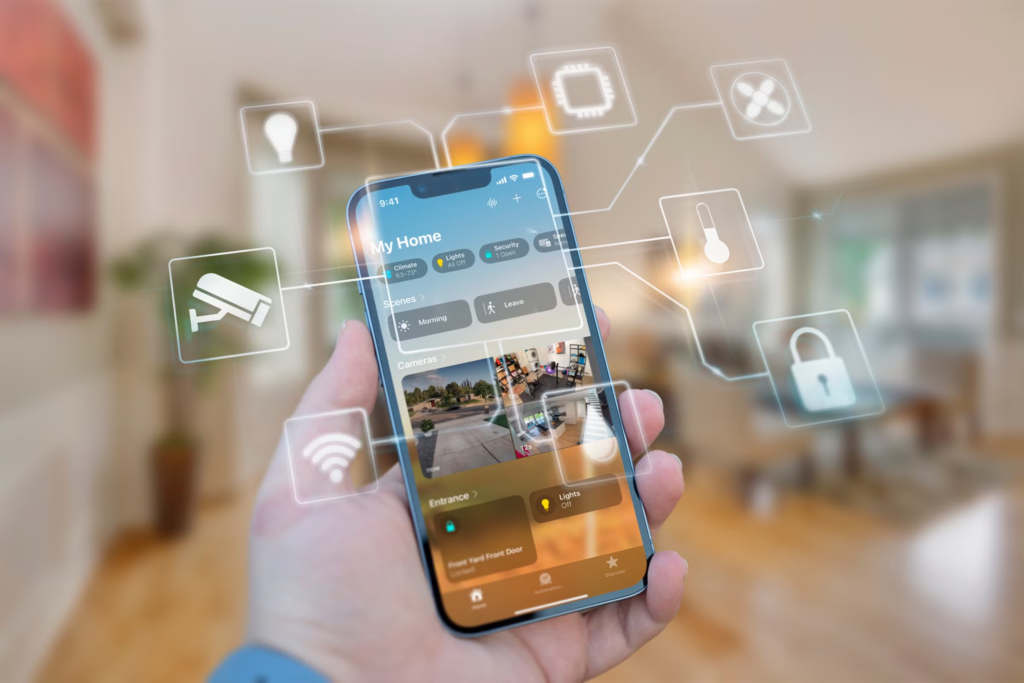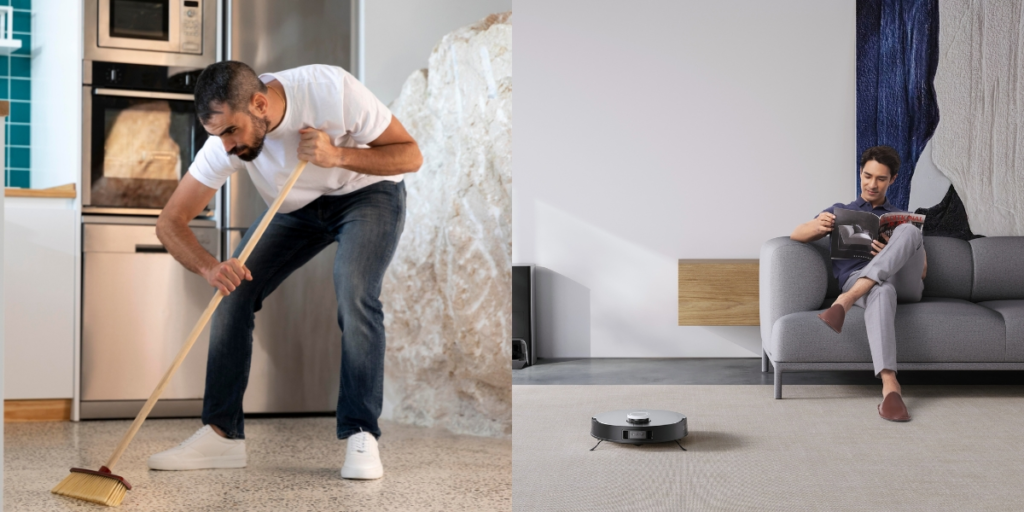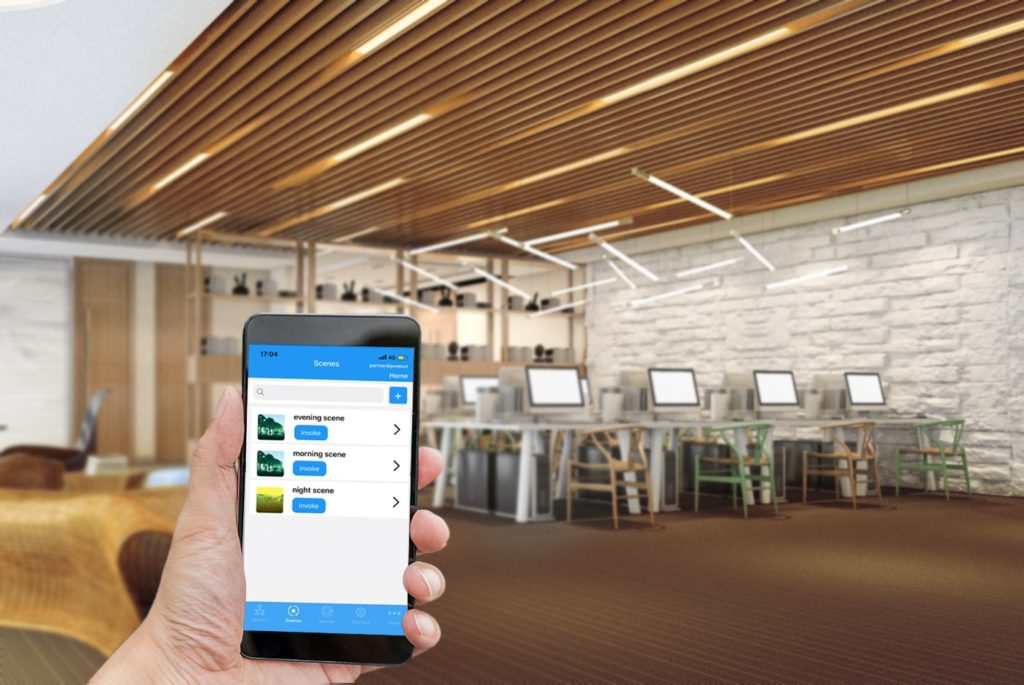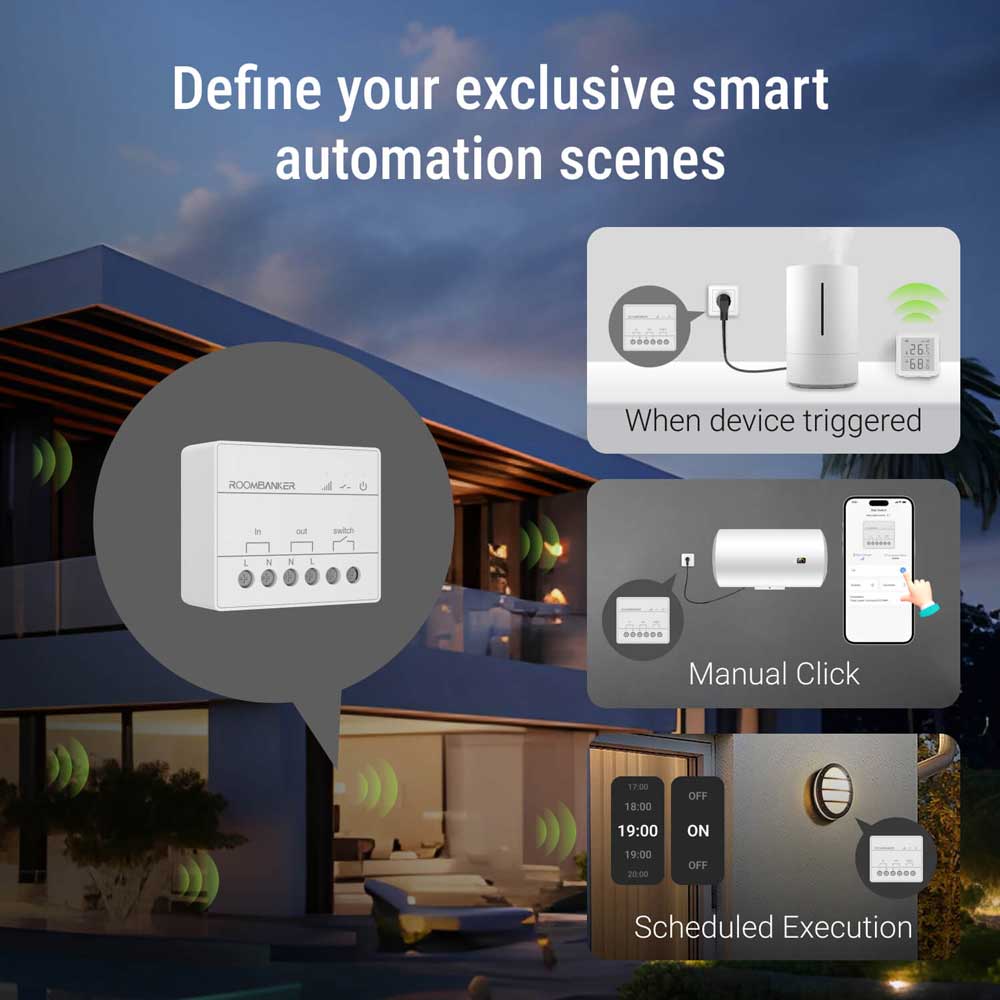
Smart Home Gadgets That Actually Save You Time: Data-Driven Analysis
Key highlights of the blog post include:
- Introduction with market context – The article begins with real statistics showing that nearly 70 million US households now use smart home devices in 2024, a 10.2% increase from 2023.
- Smart Thermostats – This section details how smart thermostats save approximately 8% on heating and cooling costs according to ENERGY STAR data, while also explaining how these devices save time through automatic scheduling and remote control capabilities.
- Robot Vacuums – Research shows a robot vacuum can clean an average room in 20 minutes compared to 45 minutes for manual vacuuming, potentially saving homeowners over 100 hours annually.
- Smart Lighting Systems – The blog explains how automated lighting controls save both energy (up to 7-27% according to research) and time through scheduled routines and voice control.
- Smart Doorbells and Security – This section covers how these devices eliminate the need to physically check who’s at the door, saving minutes each day that add up over time.
- Voice Assistants and Smart Hubs – Data shows 75% of users rely on voice assistants for setting reminders, with significant time savings across various household tasks.
Stop wasting precious hours on household chores. Discover the smart devices that deliver real time savings, backed by data and statistics.
In our increasingly busy lives, time has become our most precious resource. Smart home technology promises to give us back some of those valuable minutes and hours, but which devices actually deliver on that promise? This data-driven analysis examines the real time-saving benefits of today’s most popular smart home gadgets.
Recent figures show that there are close to 70 million U.S. homes currently using smart home products in 2024 – a 10.2% rise from 2023. That represents nearly 45% of all of the homes in the U.S. that are adopting this tech, with convenience (75%), utility (62%), and saved time (49%) reported as the leading benefits.
Market Snapshot:
- The world market for smart homes is valued at $84.5 billion in 2024
- Expected to rise to $116.4 billion by 2029 (CAGR 6.6%)
- Total homesmart device shipments to exceed 892.3 million in 2024
But beyond the impressive growth numbers, let’s explore which smart home technologies are truly time-savers and how much time you can expect to reclaim by investing in them.

1. Robot Vacuum Cleaners: The Ultimate Time-Saving Champions
Vacuuming is the chore you do most to keep your home clean. One or Two hours – that’s average time of vacuum cleaning as per a time-use study for the common man!!So dry cleaning an average size room can take you about 45 minutes where as a robot cleaner takes just 20 minutes and you need not be there to operate it.
Time Savings:
- Average time saved per cleaning session: 25 minutes
- Typical households vacuum 2-3 times weekly = 2-3 hours saved monthly
- Advanced models with mapping capabilities can reduce cleaning time by up to 35%
Modern robot vacuums now feature self-emptying bins, mopping functionalities, and intelligent navigation systems that make them even more efficient. Reddit users frequently cite robot vacuums as their “#1 time-saving home device,” with one user reporting their smart vacuum “saves 95% of the time” they previously spent on floor cleaning.

Modern robot vacuums can clean while you’re away, saving valuable time
What Makes Robot Vacuums Truly Time-Saving:
- Set-and-forget scheduling capabilities
- Multiple floor mapping with virtual no-go zones
- Self-emptying dust bins (some models can go 60+ days before requiring maintenance)
- Combination vacuum and mop functionalities eliminate multiple cleaning sessions
- Smart home integration for voice control and automation
2. Smart Thermostats: Beyond Energy Savings

Smart thermostats remember what you like and adjust on their own
Not only are smart thermostats designed to be energy efficient, they can also make a huge difference to your schedule, as there’s no need to fiddle with the temperature in your home all day. Equipped with features such as learning algorithms, geofencing, and intelligent scheduling, these gadgets mean no more countless trips to the thermostat.
The Dual Benefits:
- Energy efficiency: 10-15% on heating and cooling costs
- Time saved: 5-10 minutes per day (straightening) Purpose: Users were always have to straighten their hair.
- ENERGY STAR certified smart thermostats save an average of 8% on heating and cooling
- Wireless remote control eliminates need for you to travel to the thermostat panel
According to the Department of Energy, by lowering (or raising, depending on the season), your thermostat by 8 degrees during off-peak hours, you can save as much as 10% on your electricity bill. Smart thermostats take this idea a step further, and can even be set to generate. time and energy savings simultaneously.
Time-Saving Smart Thermostat Features:
- Learning algorithms that adjust to your schedule without programming
- Geofencing to automatically adjust temperatures when you leave or return home
- Remote control via smartphone apps to manage temperature from anywhere
- Integration with voice assistants for hands-free control
- Automated vacation settings eliminate pre-trip planning
- Smart scheduling that adapts to seasonal changes without intervention

3. Smart Lighting: Automation that Adds Up
Smart lighting might seem like a small convenience, but the time savings add up quickly. The average home has 40 light switches, and research suggests we toggle these switches 5-10 times daily. Smart lighting eliminates these repetitive tasks through automation, scheduling, and remote control.
Cumulative Time Savings:
- Average time to locate and adjust a light switch: 8-15 seconds
- With 5-10 interactions per day: 40-150 seconds daily
- Monthly time savings: 20-75 minutes
- Additional energy savings: Smart lighting can reduce electricity usage by up to 75%
Beyond basic on/off functions, smart lighting systems can create automated “scenes” that adjust multiple lights simultaneously. Morning routines, evening wind-downs, and home/away scenarios can all be triggered with a single command or run automatically based on time of day or occupancy.

Smart lighting scenes can be automated or controlled with a single tap
Smart Lighting Time-Saving Features:
- Motion sensors that automatically illuminate spaces as you enter
- Scheduled routines that adjust lighting based on time of day
- Voice control integration eliminates physical switch interaction
- Geofencing capabilities that detect when you’re leaving/returning home
- Vacation modes that simulate occupancy without programming
- “Goodnight” commands that turn off all lights with a single voice command
4. Voice Assistants & Smart Hubs: The Ultimate Time-Saving Integrators

Voice assistants integrate multiple smart devices for seamless control
Voice assistants represent the culmination of smart home time savings by integrating all your devices into a cohesive ecosystem. Recent studies show that 92% of users utilize AI voice assistants for online searches, while 75% use them for setting reminders—both significant time-savers in daily life.
Voice Assistant Time-Saving Statistics:
- Voice commands are approximately 3.7x faster than typing
- Average time saved per voice interaction vs. manual app control: 15-20 seconds
- With 20+ daily interactions: 5-7 minutes saved daily (2.5+ hours monthly)
- 74% of users primarily use voice assistants at home
- Multi-command routines can save several minutes per execution
Smart home hubs unify the control of all those disparate ecosystems under a single roof, so you can stop bouncing between different apps and interfaces. That integration is most beneficial in complex routines such as “Waking Up” or “Leaving Home” where I would otherwise need to engage 5-10 different devices.
Voice Assistant Time-Saving Applications:
- Morning/evening routines that control multiple devices with a single command
- Hands-free control while cooking, cleaning, or when hands are full
- Quick information retrieval without unlocking devices or typing
- Multi-room broadcasting eliminates shouting throughout the house
- Setting multiple timers and reminders simultaneously
- Creating shopping lists by voice while discovering items need replacement

5. Smart Doorbells & Security: Convenience Meets Safety
Smart doorbells and security systems offer more than only home protection — they let you cut down on countless interruptions and trips to the door. The average American household receives 6-8 deliveries monthly, plus visitor interactions. Smart doorbells let you screen visitors and communicate remotely without disrupting your activities.
Time-Saving Security Benefits:
- Average time saved per doorbell interaction: 30-90 seconds
- Monthly savings from delivery interactions alone: 3-12 minutes
- Eliminated trips to the door when away or busy: Priceless
- Package theft prevention saves hours of customer service calls and replacement ordering
- Remote monitoring eliminates unnecessary trips home to check on property
Smart security systems also provide peace of mind through remote monitoring, reducing anxiety-driven check-ins and allowing you to verify home status from anywhere. The ability to remotely unlock doors for trusted visitors or service providers eliminates scheduling conflicts and waiting at home for arrivals.

Smart doorbells let you answer the door from anywhere
Smart Security Time-Saving Features:
- Remote viewing and communication with visitors without disrupting activities
- Package delivery verification eliminates tracking inquiries
- Scheduled access for service providers without being present
- Integrated recording saves time filing police reports if incidents occur
- Motion zones and person detection reduce false alarm notifications
- Remote locking/unlocking eliminates key-related issues
The Compound Effect: Small Time Savings Add Up
When evaluated individually, smart home devices might save just minutes each day. However, the compound effect across multiple devices and use cases can reclaim hours each month:
- Robot Vacuums: 2-3 hours monthly
- Smart Thermostats: 2.5+ hours monthly
- Smart Lighting: 20-75 minutes monthly
- Voice Assistants: 2.5+ hours monthly
- Smart Security: 30+ minutes monthly
That’s potentially 7-10 hours reclaimed each month – equivalent to an entire workday! And this calculation doesn’t include the mental load reduction from automated routines and remote monitoring capabilities.
As smart home adoption continues its steady climb—projected to exceed 57% of U.S. homes by 2025—the technology is increasingly focused on genuine time-saving applications rather than novelty features. The data clearly shows that beyond convenience and energy efficiency, time reclamation is becoming the most valued benefit of smart home technology.
For greatest time-savings efficiency, concentrate on having tools accommodative of your “heaviest” household action, and set up automated sequences to do away with repetitive ones. The best smart homes aren’t those with the most smart devices and appliances, but rather the ones that take your daily schedules and time constraints into consideration when planning their use.



